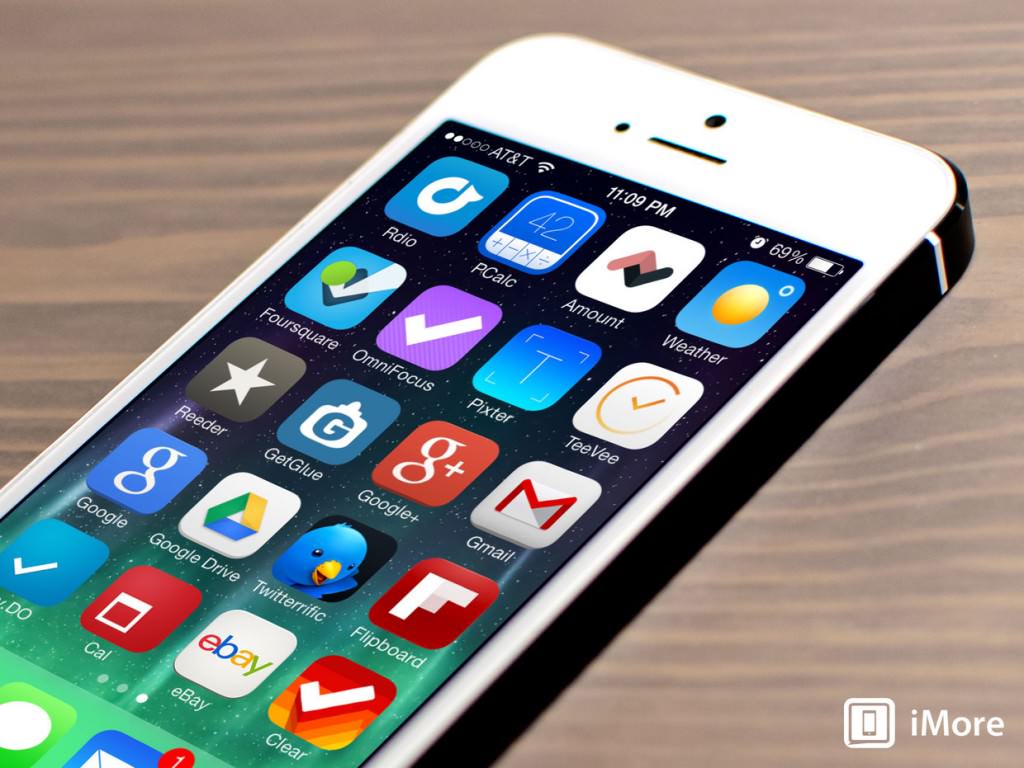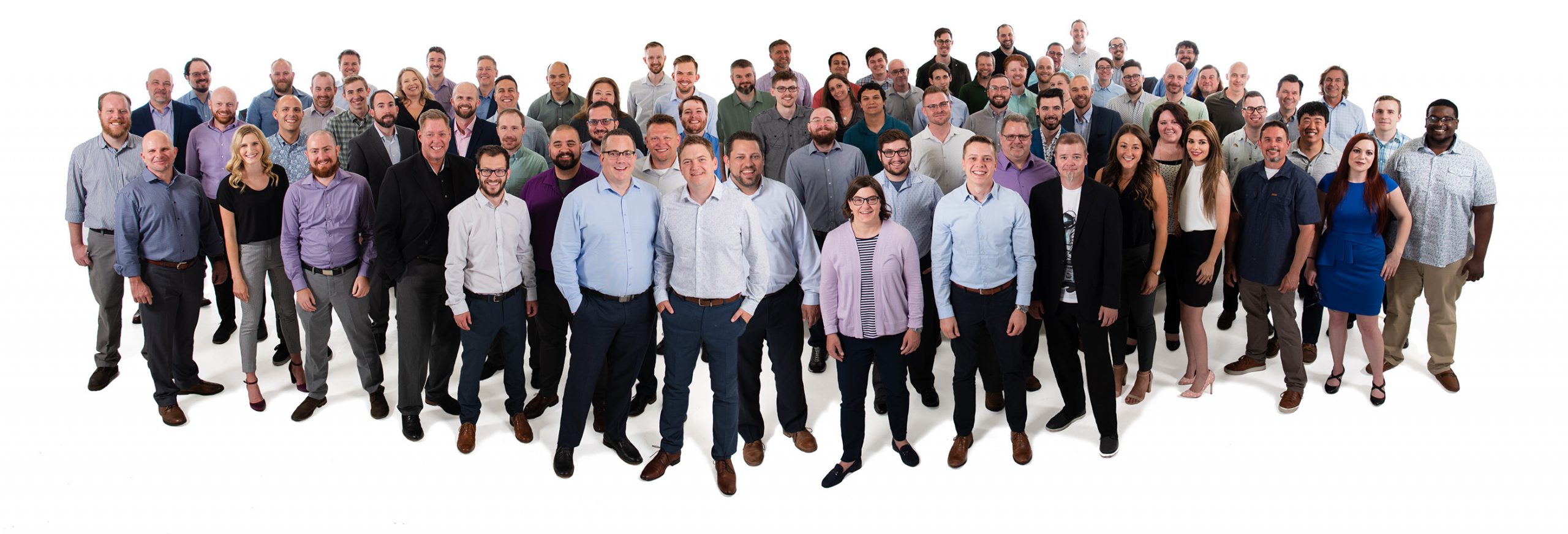Resident Mac nerd and all-around good guy Sean Brage shares how the new iPhone operating system works in a corporate environment!

iOS 7 is the latest version of Apple’s software for iPhones and iPads. It came out back in September of this year and got a lot of attention for its new look and feel. But for companies using iOS devices in the workplace, iOS 7 brings a lot more than just new looks. The latest release of iOS is packed with new enhancements for businesses, and I want to cover just a few of the great new enterprise features in iOS 7.
1. Managed Distribution
Back in 2010, Apple debuted a volume purchasing program or “VPP” for iOS apps. VPP lets companies easily buy multiple copies of App Store apps at a discount, and then quickly give them out to employees. The VPP is a great way to easily distribute software and save money, but it had a few caveats when it came to managing software licenses, especially for companies allowing BYOD.
Previously, when a VPP app was given to an employee, it was then tied to that employee’s Apple ID. If the employee left the company, he or she would get to keep any apps that had been given to them, and the company would have to buy new copies when they hired someone new.
But with Managed Distribution, apps bought through VPP and given to employees are owned by the organization. Companies can now buy and give out iOS apps and then give those apps to other employees as needed.
Real-world example:
Acme Inc buys 50 copies of Notability to give out to employees for use on iPads. If one of those employees leaves, Acme can just give that copy of Notability to the next person they hire!
2. Per-app VPN
VPN stands for virtual private network, and is a way for users to access their company’s network even if they are out of the office.
With per-app VPN, VPN access can be allowed (or blocked!) on a case-by-case basis. Instead of allowing every app on the iPhone or iPad VPN access, administrators can choose which apps are allowed VPN access, and which ones aren’t.
Real-world example:
Jim uses his work iPhone to access the company file shares with Pocket Cloud. Before iOS 7, Jim could connect to the VPN and then use any application he wanted to browse company data. Jim could potentially use non-approved apps to access confidential company files.
Now, with Per-app VPN, Jim’s IT team can choose which iOS apps are allowed to access the VPN. This prevents non-approved apps from accessing company files, so Jim can access his secure files in a safe, controlled way.
3. Managed Open-in
Almost every iOS app uses Open-in. Open-in lets you take documents or data from one app and quickly open it in another with the press of a button. For example, I can view a Word document as an email attachment and then use Open-in to save it in Evernote.
Documents and data can easily flow across iOS apps. If we are dealing with secure company data, then we need to be able to manage where company files can and can’t go on a mobile device. Managed Open-in lets a company choose which apps appear in the Open-in menu.
Real-world example:
Jill emails PDFs to her team on a daily basis. Her team uses Open-in on their iPads to get the PDFs from Mail into Notability so they can make annotations. They then send the PDFs back to Jill for final approval. Jill is concerned that some members of her team are also using Open-in to save copies of the PDFs in Dropbox. This goes against several company policies about keeping company files in personal storage.
With Managed Open-in, Jill’s company can push out a setting that will keep Dropbox out of the Open-in menu. Now Jill’s team can still open PDFs in Notability, but they can’t use Open-in to put those files in Dropbox. All thanks to Managed Open-in and iOS 7.
4. Other big improvements
The list doesn’t stop at the 3 features I mentioned above! iOS 7 has many more new enterprise features. Just to name a few, there’s:
Enterprise SSO. Single Sign-on or “SSO” lets a user access company files from different apps on their iPhone or iPad without re-entering their password each time they switch to a different app. If a user is signed into one company-issued app, then they are automatically signed into the rest.
Enhanced Mail. Mail in iOS 7 can now show annotated PDFs directly in your email messages. You can also now sync your Notes with Outlook if your company is using Exchange 2010 or newer.
Enhanced MDM Configuration. Mobile Device Management or “MDM” is the term for software or services that can setup and manage multiple smartphones and tablets from a single location. In iOS 7, MDM solutions have even more capabilities, such as:
- The ability to wirelessly setup specific apps (like automatically putting in the password for a project management app).
- The ability to allow or block AirPlay selectively. iOS 7 devices can be allowed to only use AirPlay in a specific conference room, for example, the automatic setup of supported printers.
All in all, iOS 7 brings a lot of great new features that make it even easier to manage, deploy and use iOS in the workplace. You can learn more about iOS 7 by visiting Apple’s iOS 7 and business page, and by visiting Apple.com/iOS.

